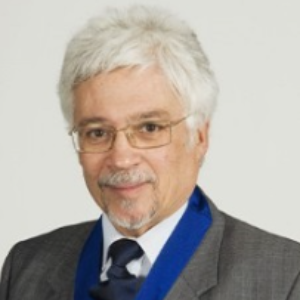Title : Traumatic Spinal Cord Injuries (tSCI) - Are the radiologically based “advances” in the management of the injured spine evidence-based?
Abstract:
Prior to WWII the majority patients with tSCI died in hospitals. There was however no shortage of Clinicians experimenting with the management of the injured spine. During WWII L. Guttmann (a well-trained aggressive Neurosurgeon) was given the task of looking after injured soldiers & officers with tSCI at Stoke Mandeville Hospital in the UK. By studying the condition and the causes of death in a large number of patients, he realised that patients died or developed further neurological damage from various complications caused by the multi-organ Physiological impairment and malfunction caused by the neural tissue injury and not from the Spinal Injury (SI). Some died because of additional complications from surgical interventions on the injured spine.
By providing a Holistic Model of Service Delivery that attends to all the patho-physiological medical and non-medical effects of cord damage as well as the injured spine by what can be described as Active Physiological Conservative Management (APCM) , Guttmann demonstrated that all complications can be prevented or diagnosed and treated early, some patients exhibit various degrees of neurological recovery and the great majority of patients can live long, healthy, dignified, productive and often competitive lives.
In 1967 Frankel et al studied the neurological outcome of 612 patients treated by APCM and demonstrated that the majority of patients who retained sensory sparing but had no visible or palpable motor sparing following the injury exhibited the recovery of motor power from the motor neurone adjacent to the spared sensory tracts. Surprisingly they found that the neurological recovery occurred irrespective of the radiological presentation on Xrays at admission (within 15 days of injury) and on discharge. They published their results in 1969 in what has been known since as the Frankel Classification. This was the first population outcome study that correlated the presentation and outcomes of patients presenting with sensory and sensory-motor sparing. Their findings have been confirmed by various international groups of clinicians dedicated to the management of patients with tSCI.
Prof El Masri will discuss the change of both the methods of management and model of service delivery to patients with tSCI following the development of CT and MRI. He will also discuss Rationale and Outcomes of each of these changes and the evidence of each of the methods of management of the injured spine in the presence of neural damage.




